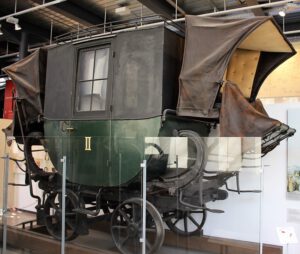 With regards to transportation, we often think we went from carriages to steam railways in one single step. As a matter of fact, there is a “missing link” between carriages for the road and steam railways: the horse-drawn railway. It was first used in collieries, but soon passengers were transported, too. Continue reading
With regards to transportation, we often think we went from carriages to steam railways in one single step. As a matter of fact, there is a “missing link” between carriages for the road and steam railways: the horse-drawn railway. It was first used in collieries, but soon passengers were transported, too. Continue reading
Author Archives: Anna M. Thane
Object of interest: The Carlton House Desk
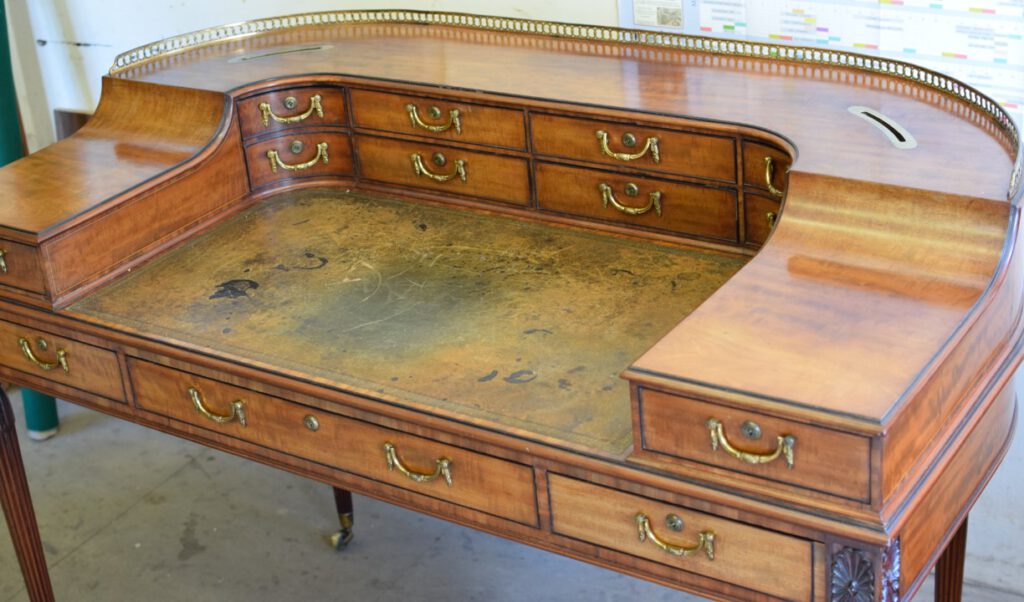
Simply by its alluding name the Carlton House desk immediately catches the attention of a Regency Enthusiast. The imagination produces an exquisite piece of furniture made of exotic woods, rich in ornaments, and designed for no less a person than the Prince Regent. Though some antique dealers like to dwell on this lovely image, it is but a half-truth.
Continue readingBake a cake like it’s 1802!
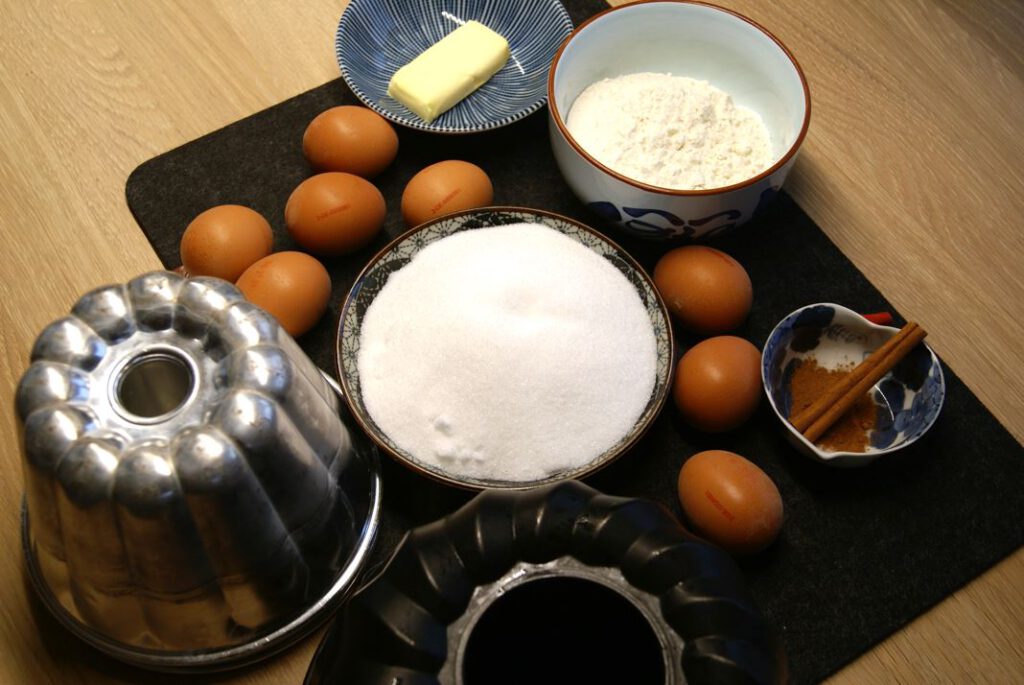
You love cake. You also love the 18th century. What could keep you from baking a cake with a recipe from this era? It would make a great first-hand experience!
Well, I rather suck at baking. So I asked a good friend to help out: ‘Thunderbread‘, who is accomplished in all kitchen matters.
From a selection of 200 years old cake recipes, he chose the one for Savoy Cake from 1802.
Find out all about his 18th-century baking challenges such as dealing with measurements, making the best of scarce instructions and choosing the appropriate mixing techniques.
From Education to War Gaming: Tin Toys in the Long 18th Century
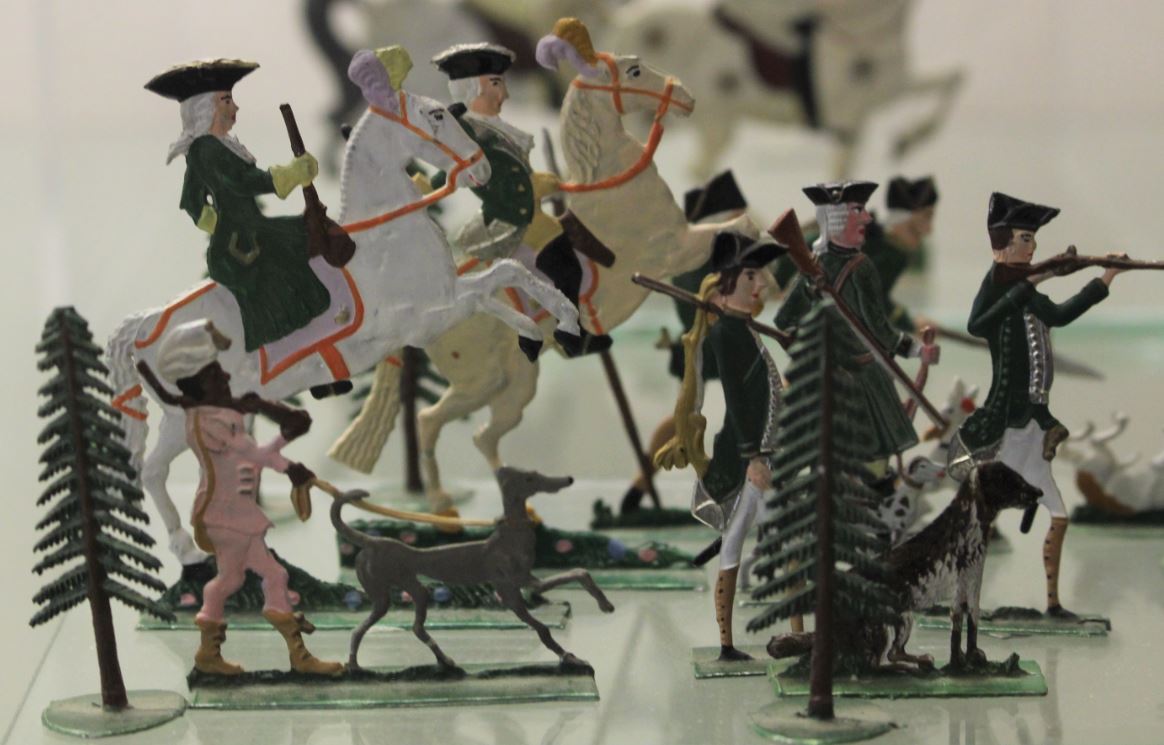 Miniature figures or miniature soldiers in general have been around as talismans or devotional objects for many centuries. However, the ‘modern’ toy soldier – a product explicitly marketed to children to play with – was created in the 18th century in Prussia. The first tin toys were flat, two-dimensional figures. They started as a by-product of the tin-ware production.
Miniature figures or miniature soldiers in general have been around as talismans or devotional objects for many centuries. However, the ‘modern’ toy soldier – a product explicitly marketed to children to play with – was created in the 18th century in Prussia. The first tin toys were flat, two-dimensional figures. They started as a by-product of the tin-ware production.
The Reichenbach Case – Industrial Espionage at Boulton & Watt
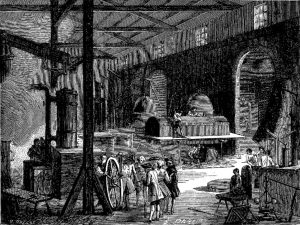 In the late 18th century, Bavaria was an economically backward state, heavily relying on agriculture. Bavaria’s Elector, Karl Theodor (1777-1799), though usually more interested in arts and philosophy than in state affairs, was aware of the problems arising from a weak industrial economy – especially with the French revolutionary army roaming Europe. Karl Theodor looked to England, a prosperous nation, and the number 1 in technical innovation.
In the late 18th century, Bavaria was an economically backward state, heavily relying on agriculture. Bavaria’s Elector, Karl Theodor (1777-1799), though usually more interested in arts and philosophy than in state affairs, was aware of the problems arising from a weak industrial economy – especially with the French revolutionary army roaming Europe. Karl Theodor looked to England, a prosperous nation, and the number 1 in technical innovation.
Plotting
Karl Theodor – probably inspired by his consultant, the smart Count Rumford – came up with a cunning plan: Continue reading
The Unconventional Miss Starke: Writer and Adventuress
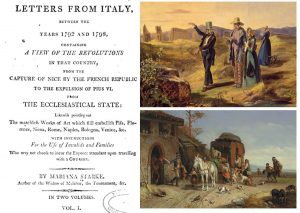 One of the most proficient travel writers of the late 18th century was – a woman: Mariana Starke. Her travel guides were an essential companion for British travellers to the Continent.
One of the most proficient travel writers of the late 18th century was – a woman: Mariana Starke. Her travel guides were an essential companion for British travellers to the Continent.
Being successful didn’t make life easy for Mariana. Female writing for the public was frowned upon. From her years as budding authoress to the latest edition of her successful travel guide, she always had to deal with criticism from more conventional members of society. Unperturbed by this, she led an unusual life for a woman of her time. Continue reading
The year Napoleon shot the goat that ate his plants and other events of 1820
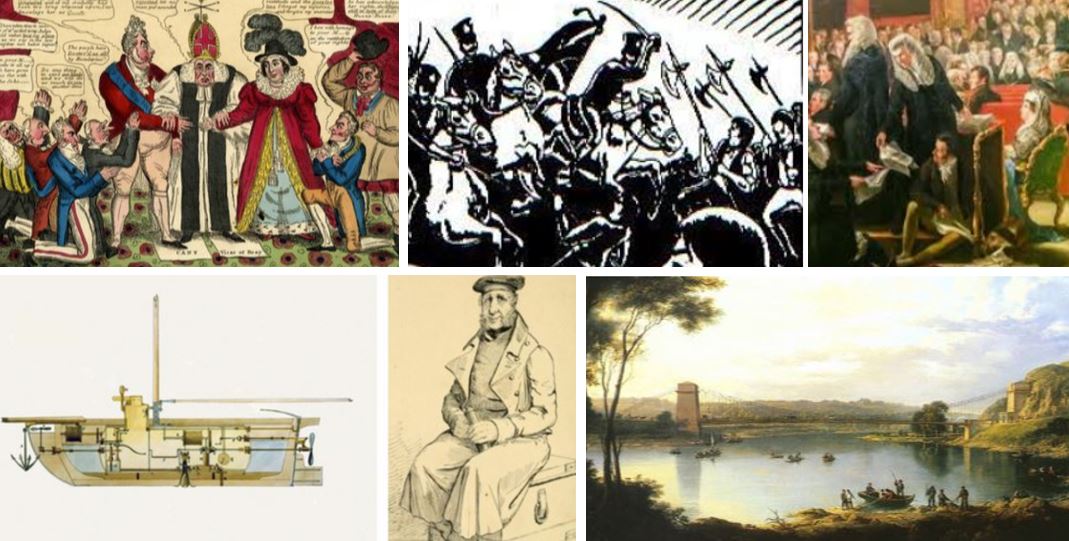 A secret submarine plot, death in the Royal family, and the Queen’s trial are events of a year marked by political unrest and economic depression.
A secret submarine plot, death in the Royal family, and the Queen’s trial are events of a year marked by political unrest and economic depression.
After the Napoleonic Wars the economy was still down, and important reforms had been delayed over the wars. The fear of Napoleon’s influence was still tangible, with rumours about his possible escape from St. Helena becoming stronger by the end of the year. Additionally, the monarchy was in a crisis, shaken by death and scandal.
Which political, scientific, social, and literary events and anniversaries are of interest to Regency Enthusiasts in 2020? Have a look at my list of 20 events of 1820 here: Continue reading
What are the best reads in 1820?
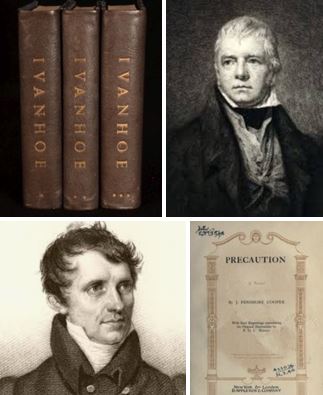 If you were a time traveller in 1820 longing for a good read, what would be your options?
If you were a time traveller in 1820 longing for a good read, what would be your options?
Check out the list of popular fiction releases, and the latest findings from science, travel, and philosophy on the non-fiction book shelf!
I have added links to online versions of each book, so you can actually read like its 1820:
Continue reading
A Gala Dress-Suit Made for a Liberal Aristocrat
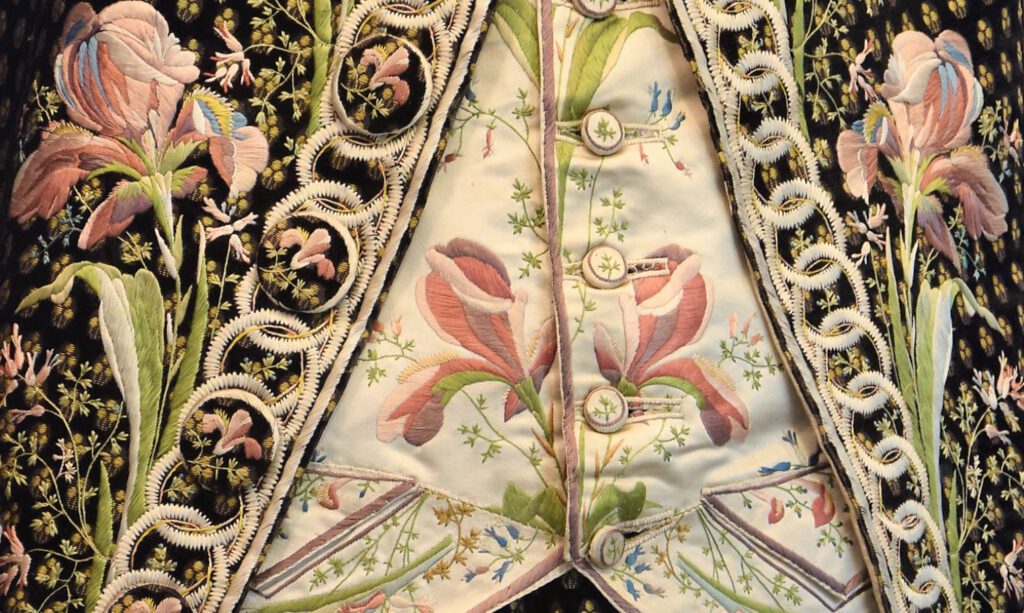
This beautiful gala dress-suit was made in the seconded half of the 18th century. Enjoy some pictures of a truly splendid garment and read more about its owner: an Italian aristocrat with liberal ideas and close links to Napoleon.
Continue readingSmuggling Moonshine

Brandy, tea, salt – these products are famed-famous as objects of smuggling in the 18th century. Did you know that Scottish whisky was an object of the illegal trade, especially between 1780 – 1823? Whisky was called ‘moonshine’ then, as it was illicitly produced at night in small cottages in the Highlands, and secretly transported by smugglers to harbours for further distribution.
Continue reading